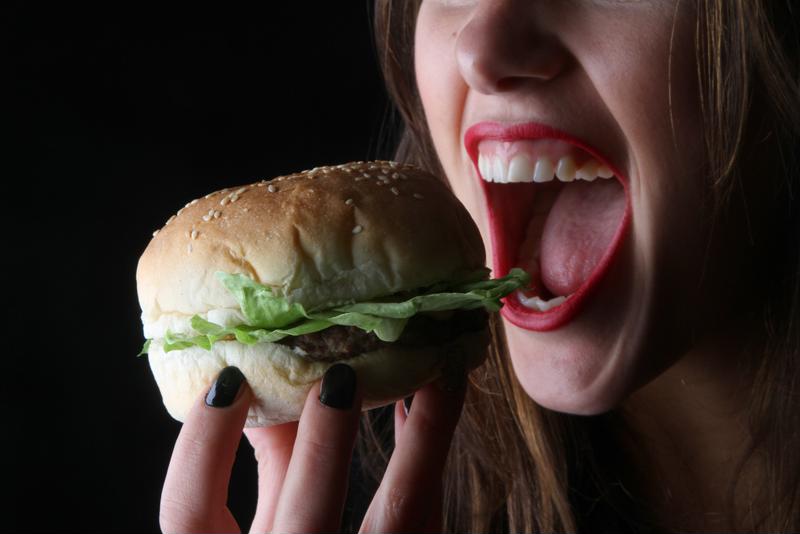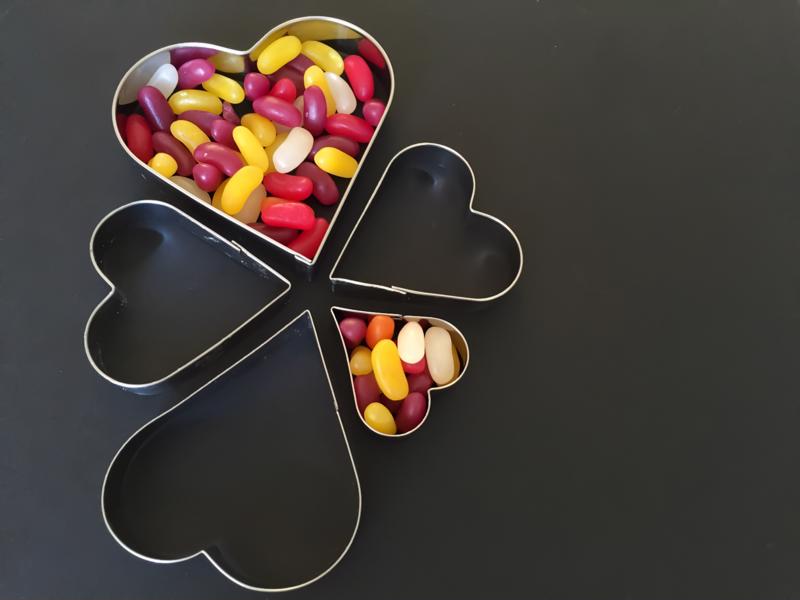Pregnant women have lots of questions and worries when it comes to diabetes testing during pregnancy: Do I have to fast? Will the sugary drink make me vomit? Is there an alternative to the drink? Will I fail the screening? If I fail, will they really take my blood once per hour for four hours straight? Is this testing even necessary?
Here’s everything you need to know about the dreaded, much-discussed gestational diabetes mellitus screening, as well as some insights from my own experience during both pregnancies.
What is gestational diabetes mellitus screening?
The gestational diabetes mellitus (GDM) pregnancy screening is a two-part diagnostic method that’s composed of the glucose challenge test (GCT) and the oral glucose tolerance test (OGTT). The two screenings are wildly different.

The Glucose Challenge Test
The GCT (which I’ve also seen referred to in online community forums as the “glucose screening test” and the “gestational glucose tolerance test”) is typically scheduled between weeks 24 and 28 of your pregnancy, according to the Mayo Clinic. This test examines your body’s ability to process sugar.
There’s nothing you need to do to prepare for the test – eat and drink as you normally would.
When you arrive at your doctor’s office or lab, you’ll be given five ounces of a glucose syrup (glucola) to drink. The solution contains 50 grams of sugar and is designed to spike your blood sugar levels. After one hour, a medical professional will draw your blood from a vein in your arm, and then you can go home.
You should get your results within a week. The Mayo Clinic explained that a blood sugar level below 140 milligrams per deciliter is normal, while a higher number could mean gestational diabetes and will require further testing to determine a diagnosis. Failing this test does not mean that you have diabetes; it means that you might have diabetes.
The Oral Glucose Tolerance Test
If your blood sugar tested high during the GCT, you’ll likely have to take the OGTT. This screening tests how well your body effectively uses glucose and will allow your doctor to determine for sure whether or not you have diabetes, according to the American Pregnancy Association.
Unlike the GCT, you do need to prepare for this test by fasting for 14 hours. Additionally, your doctor will ask you to consume a minimum of 150 grams of carbs for three days leading up to the test.
When you arrive at your doctor’s office or lab, your blood will be drawn to determine your baseline glucose levels. Then you’ll drink the syrupy solution, which contains 100 grams of sugar. You’ll have your blood drawn three more times at one-hour intervals after finishing the glucola.
You should get your results within a week and will know for sure whether or not you have diabetes.

Is diabetes testing during pregnancy necessary?
During pregnancy, some women might develop gestational diabetes. The Centers for Disease Control and Prevention reported that up to 10 percent of pregnant women in America develop this condition. While the American Diabetes Association stated that the cause of gestational diabetes has not been determined, it’s likely that placental hormones that support the baby interfere with the mom’s ability to properly use insulin.
Diabetes poses many risks to babies, including delivery complications due to the baby’s large size, jaundice and an increased chance of childhood breathing problems and obesity, noted the American Diabetes Association. It also increases their risk of developing type 2 diabetes in adulthood. Moms are more likely to require a C-section during delivery and are also more likely to develop type 2 diabetes down the road.
In my opinion, diabetes testing during pregnancy is important – especially for women with a family history of diabetes and those who are obese. With proper treatment, the majority of moms have healthy pregnancies and babies.
What is the gestational diabetes test really like?
I’m deathly afraid of having my blood drawn due to past experiences. I also suffer from fainting spells and get dizzy pretty easily. Needless to say, I was a ball of nerves rolling up to my first-ever glucose challenge test.
I’d heard that the drink was beyond horrible, but I didn’t think it was too bad. I waited an hour and had my blood drawn without incident.
A few days later, I received a call: I had failed the GCT, and my doctor wanted me to take the follow-up OGTT.

I dragged my husband along to the OGTT, which I scheduled for first thing in the morning due to the fact that I needed to fast. I had my blood drawn right away to get a baseline glucose level then drank the syrupy glucola. This time around I struggled to get it down – probably because I hadn’t eaten since the day before and my stomach was doing flip-flops.
After an hour, I had my second blood draw. This one made me queasy, but I managed it well enough.
Another hour passed and it was time for blood draw number three. Unfortunately, the phlebotomist couldn’t find my vein and ended up poking me again and again. Before I knew it, I passed out cold. (Thank goodness my husband was there with me!)
I woke up on a gurney with an ice pack on my forehead. Bad news: The test couldn’t continue, and I’d have to do it all over again. Good news: As I had difficulty with the traditional blood draw method, they were going to do it via finger sticks, a much less-invasive procedure where they draw blood from your fingertips.
On my second go-round with the OGTT, I drank the glucola, had my fingers pricked four times and made it out feeling well.
When I got pregnant with my second child, I had to see a different doctor as mine had since retired. When the subject of gestational diabetes testing came up I was adamant from the get-go that I needed a finger stick. In addition to saying yes to my request, my doc also allowed me to eat 28 jelly beans instead of the drink, which was pretty much the best thing ever. (Twenty-eight jelly beans contain the required 50 grams of sugar.)
This time around I passed the GCT with flying colors!

Is there a better way to test for gestational diabetes?
Possibly. Diabetes Daily reported that Brigham and Women’s Hospital found in a study that gestational diabetes can be identified through a single blood test that measures plasma glycated CD59.
Until then, be brave, know that you can request alternative testing and don’t be afraid to ask your doctor for jelly beans!
